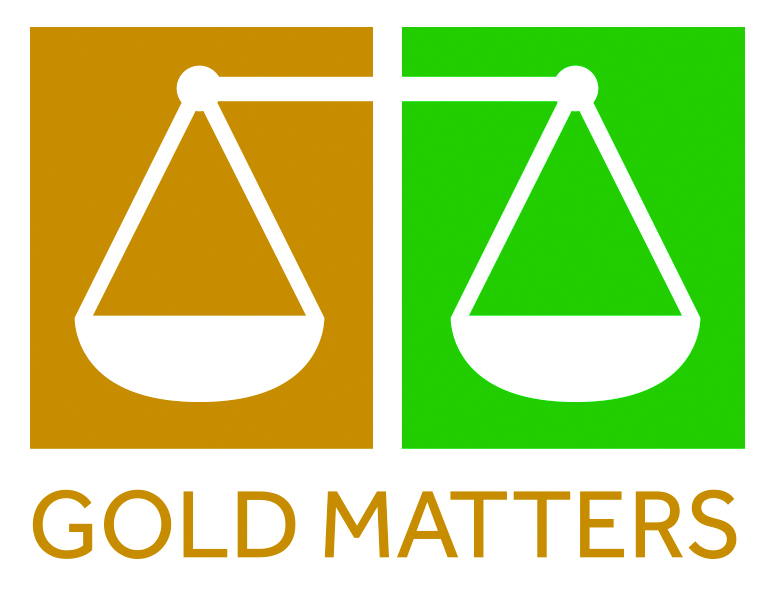In November 2018, I travelled to Uganda with Eleanor Fisher (Project Lead) and Sabine Luning (Netherlands Principle Investigator and my supervisor) to visit the Gold Matters project partners and to learn about local Artisanal and Small-Scale Gold Mining (ASGM). Some observations , as I begin my PhD, are worth sharing. Today, on my first day as a PhD candidate within the Gold Matters project, I wish to underline the deep diversity of the ASGM-sector that our partners demonstrated to us. In southern Uganda alone, this ranged from alluvial gold panning to hard-rock mining, and from extensive cyanidation techniques to ecological gold production.
A challenge for our Team is to learn how to approach sustainability in ASGM given the well-known complexities of the sector. The sector is portrayed as highly problematic: environmental organizations emphasize how use of mercury and cyanide is often unregulated; governments point to unregistered land use and missed taxation. We cannot deny however, that the ASGM-sector is also huge. Globally, an estimated 20 million people are directly engaged in ASGM, and an estimated 100 million depend on ASGM for their livelihoods (ASGM Research Group 2018). The ASGM-sector produces around 10-20 percent of mined gold in the world. However, artisanal and small-scale gold miners are often excluded from decision making processes that affect their lives and initiatives to ‘bring change’ to the sector have often failed. So, how can we even begin to understand and explore sustainability transformations in ASGM?
One beginning, which is unfortunately not as common as it is obvious, is to engage with miners about sustainability. In this respect, the Gold Matters project incorporates scope for co-design with miners and project partners. My own PhD research will seek to understand sustainability concepts from miners’ perspectives by asking questions such as: “how do you envision your (mining) future?”, “where do technological and organizational changes happen in your work?” and “what are your sustainability priorities?”
A second beginning starts from appreciating the deep diversity of the ASGM-sector. Deep refers here to both vast diversity and depth; subterranean diversity. The concept of in-depth geopolitics was introduced by Luning and Pijpers (2017) as a way to think about how subterranean geological features play a role in social-political mining relations.
In the field, one of our project partners, Mbarara University of Science and Technology (MUST), showed us how ASGM-activities at an alluvial mining site were fundamentally different from activities at a hard-rock mining site, because of the subterranean features surrounding the gold. The latter rely much more on machines and are also more difficult to carry out as an individual miner, to give one example. Cyanide techniques have been introduced into Uganda in the last few years by Tanzanian mining experts; this regards mainly hard-rock mining. It was fascinating to see two deeply different mining sites and activities so close together. Of course, these were first impressions. However it is clear that talking here about the ASGM-sector as homogeneous is inappropriate, and this was in South-West Uganda alone.
Another project partner in Uganda, Environmental Women for Action in Development (EWAD), introduced us to three Artisanal and Small-Scale Mining Organizations (ASMOs) with whom they’ve been working towards Fairtrade certification. Here too, this time in South-East Uganda, were vast differences between the activities of the three ASMOs who worked geographically close to each other. One AMSO worked hard-rock ore using dynamite. Another ASMO worked soft soil (with a form of alluvial mining) and engaged in various ecological extraction techniques such as using a Gold Konka to recover gold from the concentrate (Youtube Konka 2015).
Observing these activities raised many questions, including “who is financing the activities”, “where does the mercury come from”, “who or what initiates technological change”, “who owns the land”, and “how deep do concessions allow miners to mine” “how do we account for the subterranean sphere in our social understandings of mining? Each of these questions will be crucial for my research, as I seek to understand sustainability in ASGM. Our trip to Uganda highlighted that we additionally need to understand differences in places that are not so far apart from each other. How can we envision the future of ASGM-research in ways that do not over-generalize and homogenize the ASGM-sector and which can be a starting point for understanding sustainability transformations? I look forward to examining these ‘in-depth’ issues in the coming months as my PhD research progresses.
Esther van der Camp
References:
- ASGM Research Group. 2018. About. ASGM Research Group [online] Available at: https://asgmresearch.weebly.com/about.html [Accessed 4-12-2018].
- Luning, S. and R.J. Pijpers. 2017. Governing access to gold in Ghana: in-depth geopolitics on mining concessions. Africa 87 (4): 758 – 779.
- 2015. Using the Gold Konka to recover gold from the concentrate. Youtube [online] Available at: https://www.youtube.com/watch?v=7GDCNULQgMQ [Accessed 4-12-2018].
